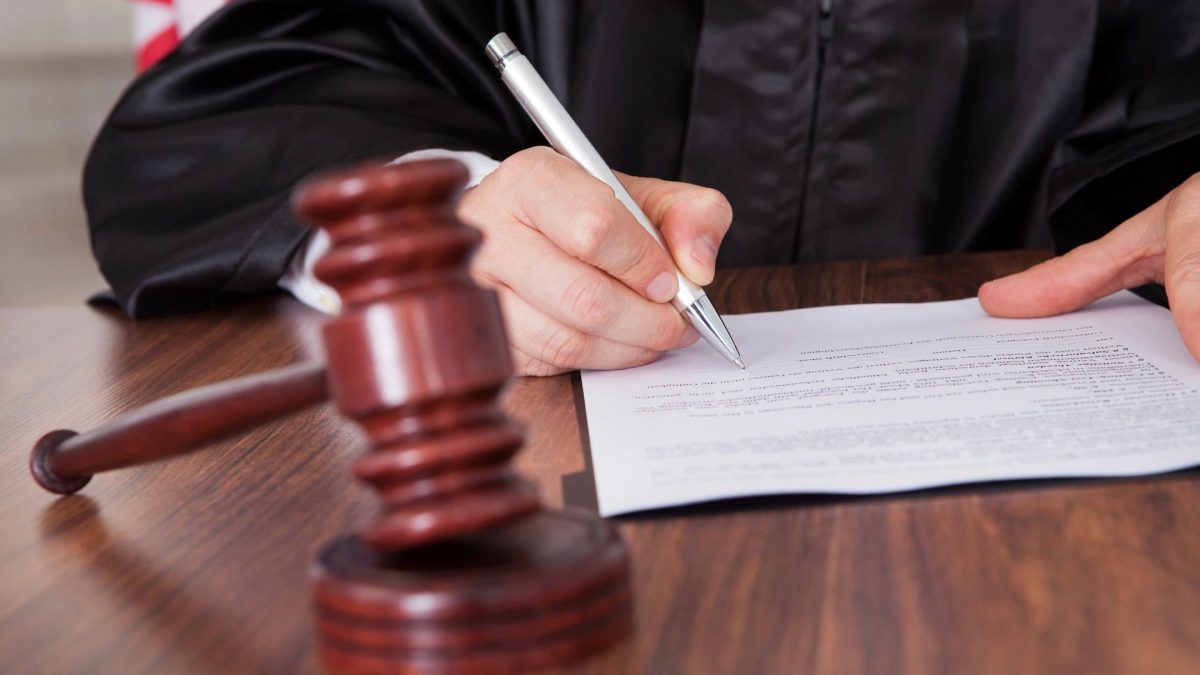
Re Debenhams Retail Ltd (in administration) [2020] EWCA Civ 600
July 9, 2020
Suspending Habeas Corpus: Implications for the Conceptualization of the Writ
July 9, 2020Jasmine Cracknell discusses the recent Supreme Court Judgement which seeks to Clarify Patent Sufficiency Rules .
The UK’s highest court has issued judgement in the long-awaited patent infringement case between Regeneron Pharmaceuticals Inc and Kymab Ltd, finding Regeneron’s patents to be invalid on grounds of insufficiency.
The majority decision was passed on 24th June 2020 and comes after a seven-year-long litigation between the biotechnology companies, which began when Regeneron alleged patent infringement against Kymab back in 2013.
Powell Gilbert LLP acted for the appellant (Kymab) and Kirkland & Ellis for the respondent (Regeneron).
Background
In 2001, Regeneron filed two patents (EP(UK) 1 360 287 and EP(UK) 2 264 163) to protect an invention relating to genetically-modified mice. The mice were the product of a groundbreaking technique used to grow human antibodies within mice that could aid in treating human disease.
Kymab, a UK-based company, subsequently began creating mice with a similar genetic structure to Regeneron’s mice. When Regeneron brought proceedings against Kymab for patent infringement in 2013, Kymab counter-sued, arguing Regeneron’s patents failed on grounds of sufficiency.
In patent law, sufficiency is a prerequisite that must be satisfied for a patent to be valid. Under the Patent Act 1977, the patent claims will be sufficient if they explain how the invention works in enough detail to enable ‘a person skilled in the art’ to perform the invention. A patent can be revoked if the patentee fails to do this.
The matter was first heard in the High Court in February 2016, where Mr Justice Heney Carr agreed with Kymab that the claims were insufficient. His reasoning was that someone would not have been able to make Regeneron’s current mouse from the example given in the patent specification. This was because the specification only explained the process for inserting SOME human material into a mouse, whereas the invention in question required the FULL human genetic material to be inserted, a process which had not been invented until 2011.
Regeneron then appealed to Court of Appeal, who overturned the decision of the High Court. Whilst the Court of Appeal agreed with the High Court (that the current invention would not have worked if someone had tried to make it based on what was disclosed in the specification), they said the patents were valid as the invention related to a ‘principle of general application’. This meant that because the general idea behind the invention could be used to make other variations of the mice, it was not necessary to explain exactly how each future variant would be made. The Court also said it would not be fair to limit the monopoly only to the types of mice that could be made at the filing date.
The Supreme Court Judgement
Kymab then appealed to the Supreme Court. In a majority judgement, the Court upheld the appeal. They agreed with the original decision of the High Court and held the patents to be invalid. They also found the Court of Appeal’s approach to be inconsistent with UK and European Patent (EPO) law. The Court gave several reasons for their verdict:
- Giving judgement, Lord Briggs first discussed the notion of a ‘patent bargain’ between ‘the inventor and the public’. This is the principle that, in return for the patent holder having a monopoly over the invention, the public should be able to see how the product is made and the extent of the monopoly given. If this information wasn’t available to the public, investors and researchers would be deterred from undertaking research on the product ‘for the benefit of society as a whole’. The Court stated that to ‘water down’ the requirement of sufficiency would therefore tip the balance in favour of the patent holder and away from the public.
- Lord Briggs also stated patentees must not make broad claims when registering a patent. If they want to patent a range of products, they must describe each one in sufficient detail. As Regeneron’s patents only explained how to make mice with a small amount of human genetic material, they could not rely on this patent to protect more valuable mice containing the full amount of human material, as the patents did not disclose how to do this. The latter was a more complicated process.
- Lord Briggs then went on to address the ‘general application’ point made by the Court of Appeal. He stated patentees may rely on a principle of general application, but only if it would be reasonably likely that the explanation would ‘enable the whole range of products within the scope of the claim to be made’. That was not the case here.
Lady Black’s Dissenting Judgement
Lady Black was the only dissenting judge. She first stated the question of sufficiency will depend on the nature of the invention in question and the facts of the case.
She also agreed with the Court of Appeal’s application that the claim related to a ‘principle of general application’ as every mouse will ‘use the invention’, irrespective of the amount of human material incorporated.
So what does this mean for the law on registering patents?
This judgement reiterates the importance of ensuring every product in a range of products is described in enough detail on the patent specification. Making broad claims for inventions that cannot be described in sufficient detail (for example, if the science behind them is not fully developed yet) run the risk of being revoked due to invalidity.





